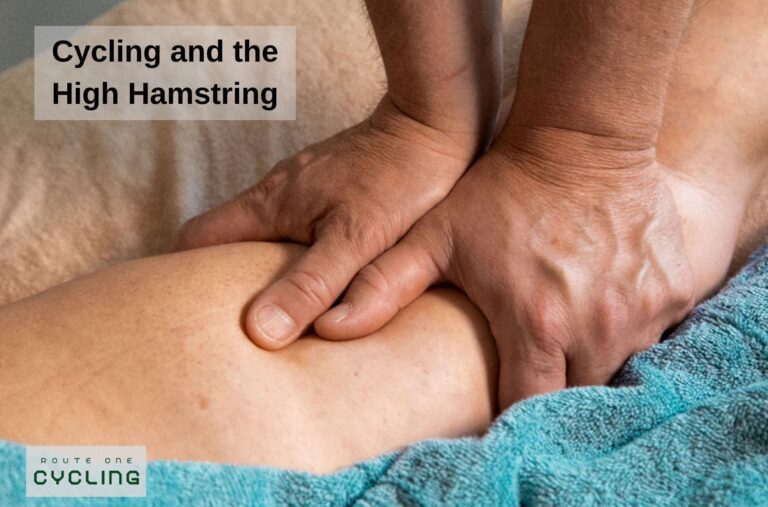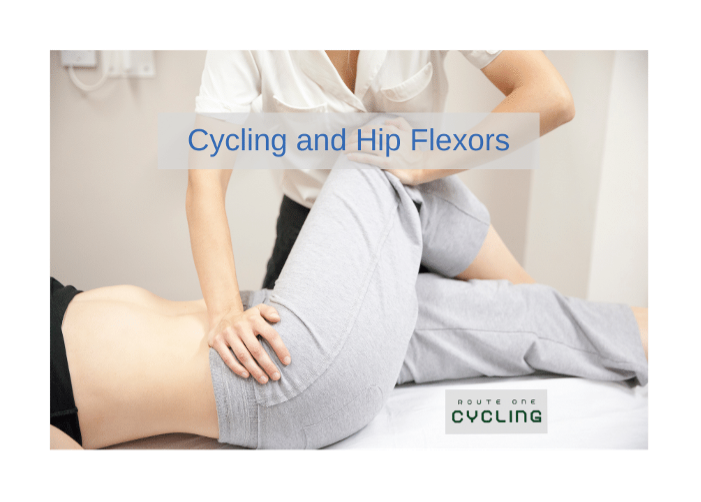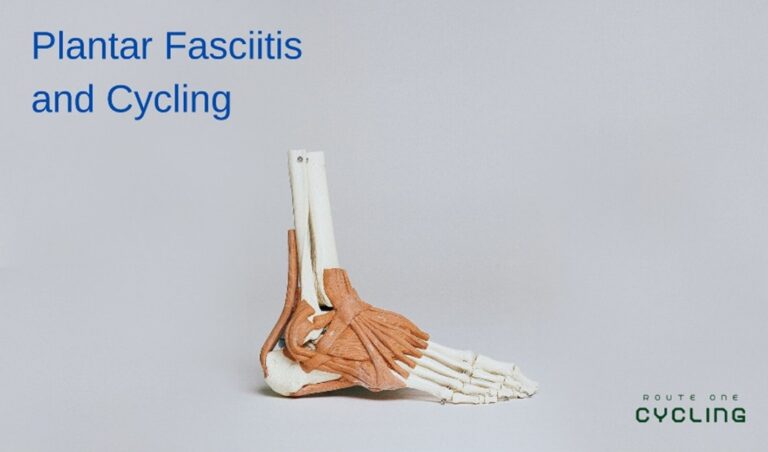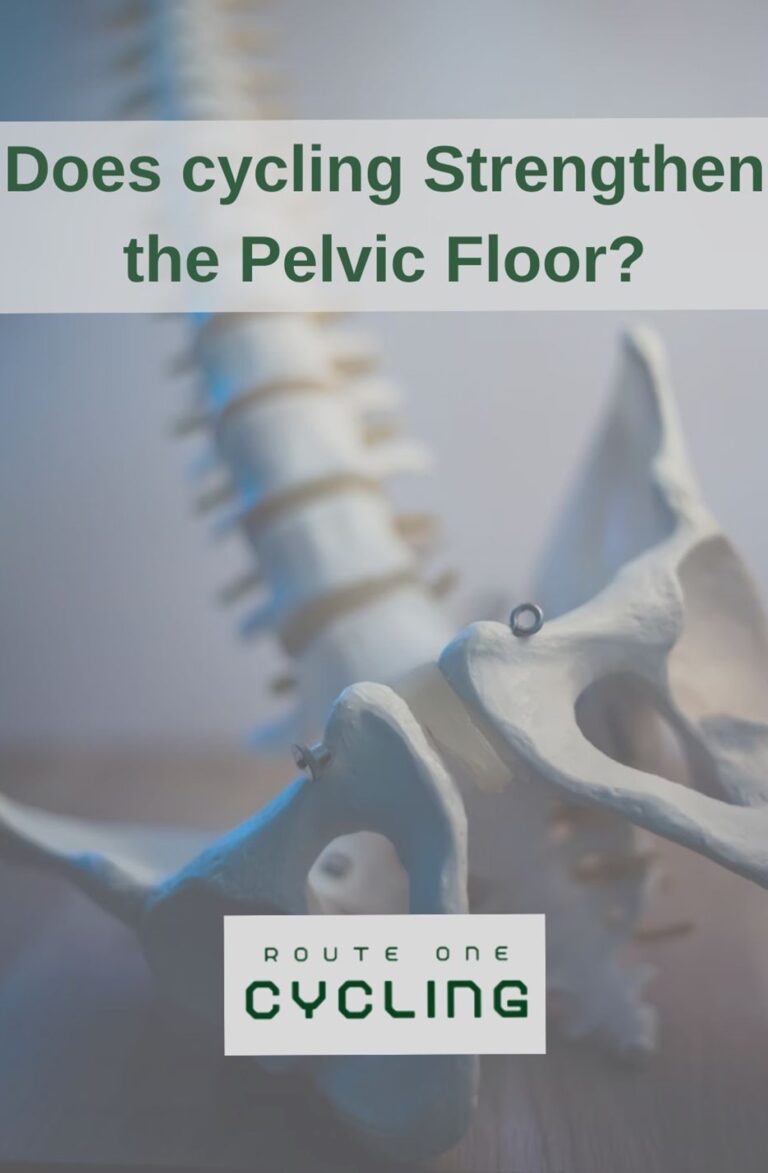Is Cycling Good for Achilles Tendonitis?
Whether you split time running, or though aging, the onset of Achilles Tendonitis is not the most fun type of pain to experience. You will have trouble walking, climbing stairs and going on jogs along concrete and dirt roads. Your speed in any athletic sport will be affected, and it can affect your gait. When you feel it, the pain will speak to you, and you will want to speak it out of existence. We are seeing many people ask is cycling good for Achilles Tendonitis. Cycling is a great addition to your treatment regimen for Achilles Tendonitis. In this guide what we will do is teach you a bit about Achilles Tendonitis, tell you how to best include cycling into your healing routine, and give you some tips while cycling to help speed up your healing process.
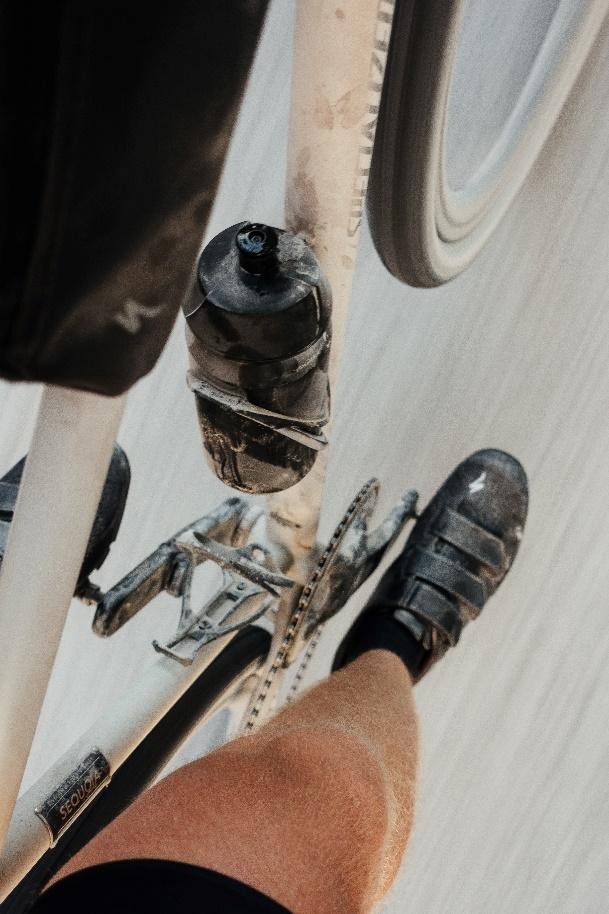

Is cycling good for Achilles Tendonitis? We think so.
Invest in your Knowledge:
Before moving forward, consider reading these guides we wrote to keep yourself in the know.
- What is the Best Recumbent Bicycle For Sciatica
- Is Cycling Good for Sciatica?
- Best Insoles for Hot Foot (Cycling With Nerve Issues)
What is Achilles Tendonitis?
Achilles Tendonitis is an overuse injury of the body resulting from excess mileage and impact on the body. The Achilles Tendon is the tendon that stretches from the heel into the back of the calf. Achilles Tendonitis is found most often in runners (both sprinters and distance runners), and those runners will then look to alternate means to heal so that they can continue running. Symptoms typically include a sharp or dull pulling sensation. This is the body’s (painful) way of telling you that it is been used too much and needs more time to recover than usual.
Why is Cycling Good For Achilles Tendonitis?
When you are looking to heal Achilles Tendonitis, the athlete should look to find options to work out the muscle in the most gentle way. The goal is to:
- Stimulate Blood Flow to the Affected Area
- Strengthen Muscles Surrounding the Affected Area
- Decrease the amount of force on the body
The reason why cycling is such an excellent way to help heal Achilles Tendonitis is because all of these boxes are checked when cycling. Not only are you still training the systems within the body, but you are also allowing blood to carry oxygen and energy to the area that has been weakened. Not only that, but you also are doing this without having any impact on the body which gives the body time and space to heal.
How should I Cycle with Achilles Tendonitis?
Now it is important to make sure that you do not simply go out and ride at the same effort level as you were running leading up to the injury. Here is a list of things that you ought to be mindful of while you are cycling:
- Avoid elevation gain and hill work
- Avoid tempo work and sprint
The purpose of the cycling is to gently elongate and stimulate blood flow to the area around the calf without aggravating the muscle. You also do not want to work the muscle to hard to where it may become overly inflamed after workout.
When you are riding, there are two tips that you should focus on while in injury recovery:
Bicycle fit: If your seat is too high, then you will place an undue amount of pressure on the calf and the heal. This can lead to muscle inflammation and aggravation. Lowering the seat will transfer the load to other muscles.
Cleat Positioning: Shifting your cleat back is a better option to take a lot of the pressure off of the heel. This shifts the load to other muscles in your legs while still stimulating blood flow throughout the legs.
How Else Can I Heal Achilles Tendonitis?
Along with Cycling it is very important to build out a recovery program for your body. This program ought to include some of the following:
- Rest: The majority of your body’s recovering, repair and re-establishment occurs while it is in a relaxed state. The more time that you take off of your calf, the more time that it has to heel the heal.
- Ice: One of the more important aspects of any recovery is to ice the affected area. This is the most affective and direct way to diminish he pain immediately, and for the long term while the body is at rest.
- Stretch and Flex: There are many stretches that will help the body heal in the heel. The most effective are heel raises. Adding 3 sets of 10 heel raises at the end of any workout will further strengthen and stretch the body.
Heel Raise and Flex:
- Step onto a set of stairs with only the front half of your right foot on the first step. The back foot will be at rest on the slower step.
- Allow your body weight to fall along the right foot to allow stretch to occur in the calf. Hold for 5 seconds.
- Following, raise the right foot on toes and hold for 3 seconds.
- Repeat 10 times. Repeat on both sides of body.
This is a great option because it both strengthens and lengthens the affected area dynamically and actively.
Conclusion
Is cycling good for Achilles Tendonitis? Cycling will speed up the athletes ability to heal from an onset of Achilles Tendonitis and they will also find that they feel better, relaxed and more well rested for their next training session.

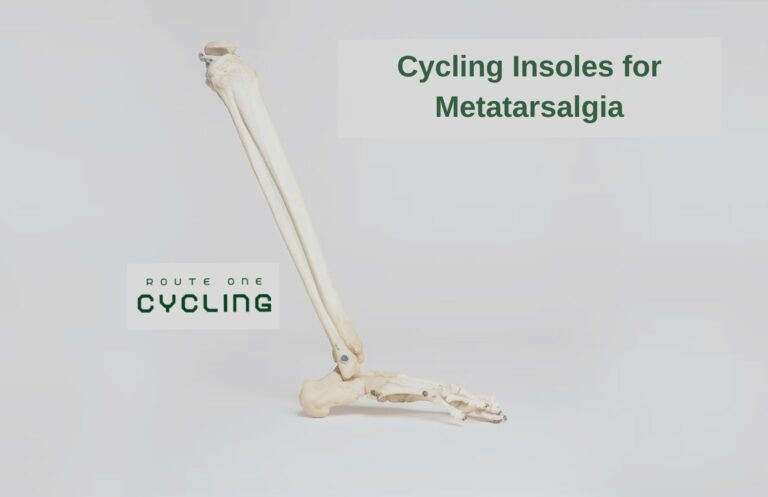
![Is Cycling Good for Hip Pain? [Nip the Hip. Stop Drain. Feel less Pain]](https://routeonecycling.com/wp-content/uploads/2023/05/shouldicyclewithhippain-768x550.png)
